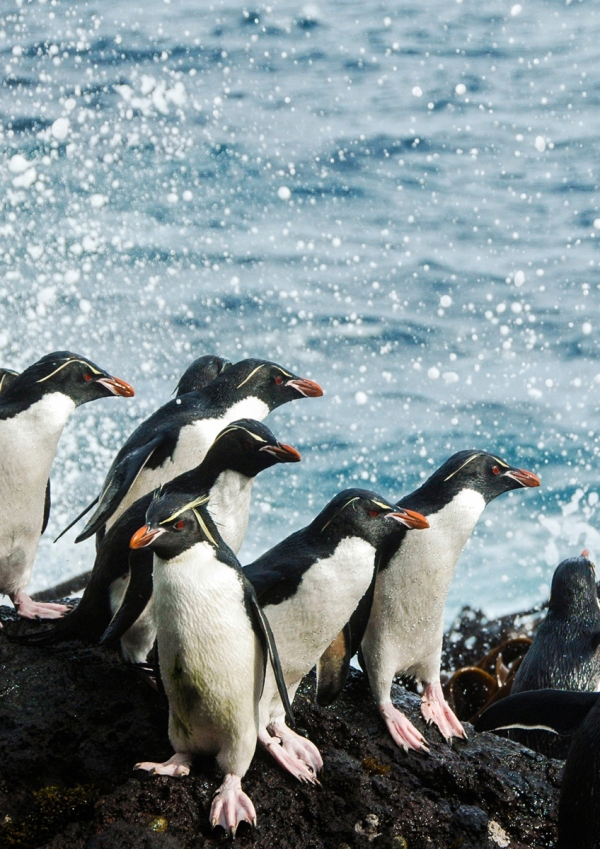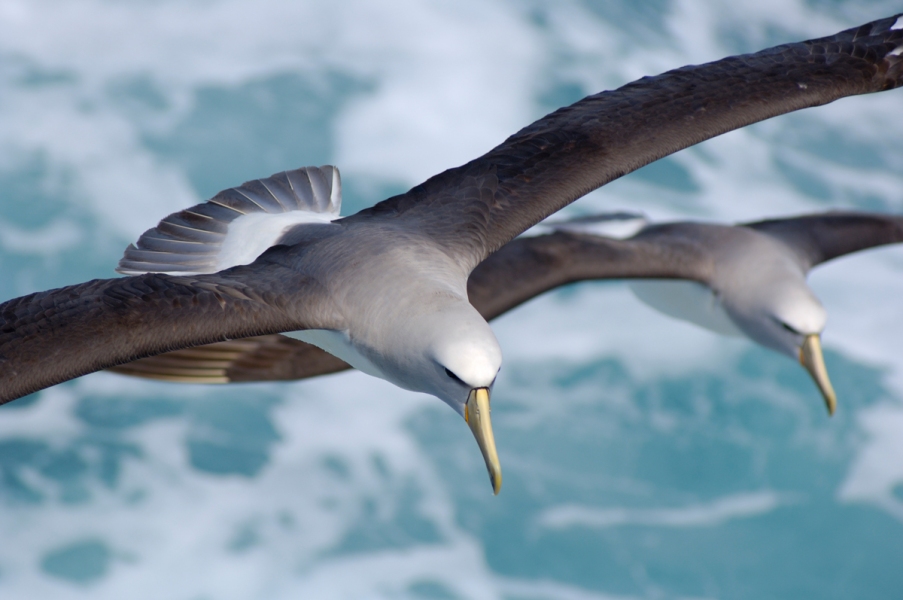Our Science
NIWA’s (National Institute of Water and Atmospheric Research Ltd) mission is to support the wellbeing of Aotearoa New Zealand’s people and businesses through improved management of the environment, sustainable use of natural resources, and effective responses to global change. We aim to deliver the science that enables New Zealand to meet its environmental challenges and thrive in a rapidly changing world. To fulfil our purpose we need to understand the way animals live and survive as vital parts of the overall ecosystem.
NIWA science projects can include the collection of, or experimentation with, freshwater or marine organisms in laboratory or field contexts. For example:
- Fisheries stock assessment to inform stock management decisions made by Fisheries New Zealand.
- Tagging and sampling marine mammals and birds to inform decisions on, response to, and mitigation, of environmental change (including climate).
- Fish aquaculture trials to determine the best environment for culturing fish for commercial- scale production to grow revenue and employment.
- Studies to understand the complex nature of fish passage, particularly native species, through our rivers and estuaries, and develop solutions to ensure they thrive in these environments which are also used for other purposes, such as irrigation, the generation of sustainable energy such as hydro and geothermal, transport, and food production.
- To develop targeted humane methods to control and eradicate pest species.
- A wide range of field and laboratory studies involving marine and freshwater invertebrates to better understand and help improve environmental management.
The focus of our science where animals are involved is to improve the environment in which they live, or to benefit and enhance their welfare.
Our Team
To undertake such research NIWA is required to meet several regulatory requirements under New Zealand’s legislative framework which governs the use of animals in research, testing and teaching. The ethical treatment of animals in research is enshrined in Part 6 of the Animal Welfare Act 1999. In order to meet the requirements of the Act, NIWA has a Code of Ethical Conduct for The Use of Animals in Research, Testing and Teaching, overseen by an Animal Ethics Committee (AEC). As determined by the Act, NIWA’s AEC is composed of six members appointed by NIWA’s CEO:
- A senior member of NIWA to chair the AEC, and able to assess the skills of the proposer, the content of proposals and its scientific value.
- A veterinarian nominated by the New Zealand Veterinary Association who is not otherwise affiliated with NIWA.
- A nominee of an organisation, approved under the Animal Welfare Act, concerned with animal welfare, and not otherwise affiliated with NIWA, for example a senior member of the SPCA.
- A suitable lay person, who is not otherwise affiliated with NIWA, the scientific community or any animal welfare agency, representing the public interest, and nominated by an appropriate Regional Council.
- A member of NIWA staff capable of evaluating proposals involving animal manipulation in terms of the requirements of the Act, including scientific merit.
- A member of NIWA staff to represent staff responsible for the production and maintenance of the animals to be used.
Our Approach
When proposals are submitted to our AEC, the default position is ‘not to use animals’. The decision process of the AEC is guided by the three R’s principle to reduce the impact of research on animals. Under this principle, researchers need to consider the following:
(i) Ways to Reduce the number of animals used.
(ii) Ways to Refine the experiment or the way animals are cared for to reduce any suffering.
(iii) Or, where possible, Replace experiments on animals with alternative techniques.
Assessment Phase
The committee
- provides guidance to staff on how to meet animal ethics requirements, while maintaining the quality of the research, seeking clarification from the Ministry for Primary Industries if required.
- ensures that procedures for conducting experiments with animals are up-to-date and readily available to enable staff to adequately design research involving the use of animals (i.e., NIWA Standard Operating Procedures or Codes of Practice for research involving animals, such as non-surgical tagging, electrofishing and animal capture).
- assesses each application, followed by a verbal presentation by applicants to the committee at meetings of the AEC.
After an Approval
The committee follows an approved project and
- ensures that approved projects report activities in accordance with the obligations of the Act.
- fulfils an advocacy role for animal welfare within NIWA.
- monitors performance and compliance of approved projects in relation to animal welfare.
- has the authority to investigate all complaints concerning animal welfare within NIWA, and where necessary may suspend projects and/or revoke approvals.
External Reporting Obligations
Information on research that has involved animals is required to be collected and reported annually to the Ministry for Primary Industries. Projects approved are required to provide reports to the AEC, at the end of the project, or the end of a three-year term, based on instructions provided at the commencement of the project.
External Review
The performance of NIWA’s AEC and associated activities is externally reviewed every five years. The reviewer, appointed by the Government, undertakes a comprehensive assessment of NIWA’s animal welfare processes, recommending changes where needed. The AEC is required to implement any recommendations and submit a new NIWA Animal Ethics Code to the Government if required.



